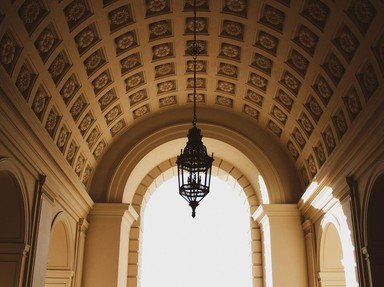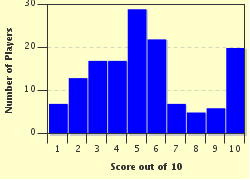Quiz Answer Key and Fun Facts
1. Salisbury, in the UK, was known by which name when it was established in 1220?
2. In 1890, the city which became Harare in 1982 was established as Fort Salisbury on the orders of which man?
3. Halifax in West Yorkshire became a wealthy town in the nineteenth century thanks to which industry?
4. The town of Halifax, Nova Scotia, was established by Edward Cornwallis in 1749 in violation of treaties signed in 1726. The resultant war, lasting until 1755, was known by which name?
5. Which well known reference work was published for the first time in Edinburgh in 1768?
6. Dunedin, New Zealand, named for the Gaelic version of Edinburgh, expanded rapidly from 1861 following the discovery of which of these nearby?
7. Newcastle-upon-Tyne is named for the castle built in 1080 by which son, the eldest, of William the Conqueror?
8. In June 1942 Newcastle in New South Wales, Australia came under attack by Japanese forces in which way?
9. Dating from the fifteenth and sixteenth centuries, the Boston Stump, in Lincolnshire, refers to which of these?
10. Boston, Massachusetts, was officially founded by a 1629 agreement, named for the English city in which it was signed. Which well known university city was it?
Source: Author
rossian
This quiz was reviewed by FunTrivia editor
bloomsby before going online.
Any errors found in FunTrivia content are routinely corrected through our feedback system.

